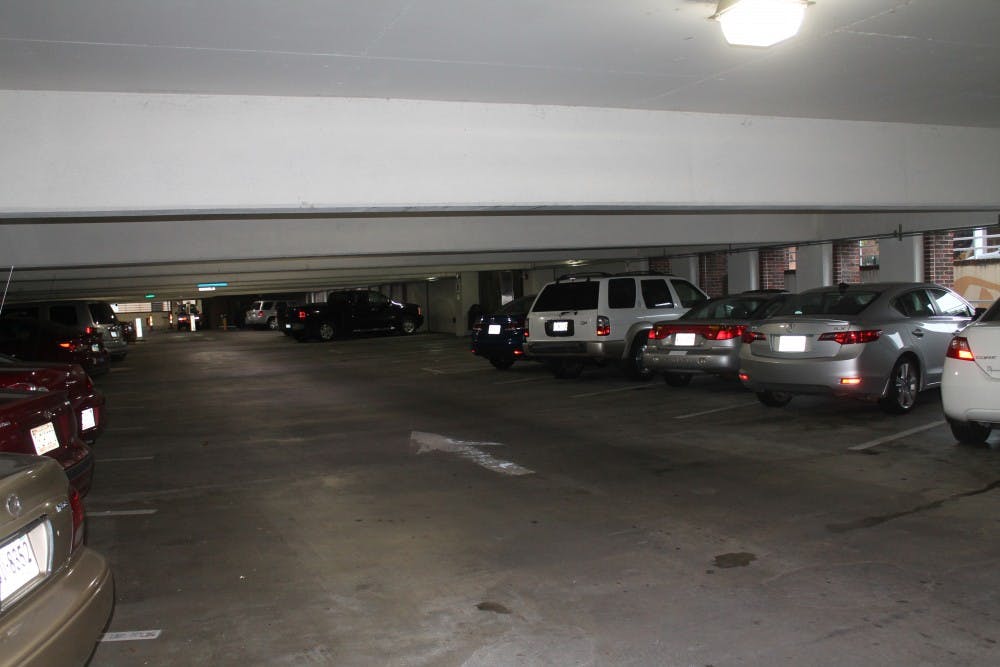The U.S. Environmental Protection Agency will no longer test nitrous oxide emissions for vehicles in 26 counties in North Carolina — including Orange County.
This change could mean savings on inspection fees but could also pose potential health and environmental quality concerns.
The EPA said in the proposal the Inspection and Maintenance Programs, which test for nitrous oxide emissions, are no longer needed for the state to meet emissions goals for nitrous oxide, a known depletor of ozone.
Under the Clean Air Act, these programs are required for counties with ozone levels below the legal minimum.
In 1995, North Carolina came into compliance by implementing inspection programs in nine counties. In 2002, it went beyond the requirements of the CAA by implementing inspection programs in 39 more counties.
In November 2017, the N.C. Division of Air Quality asked the EPA to consider removing 26 of those 39 counties from the emissions testings.
The EPA considered the potential impact of the exemptions on the counties' nitrogen oxide emissions, but the report concluded the increasingly lower emissions of vehicles and power plants since 2002 meant the state should continue to meet existing emissions targets, even with fewer counties subject to vehicle emissions testing.
William Vizuete, a professor in the Gillings School of Public Health, said any increase in air pollution is not worth the savings in time and money. However, these deregulations are fairly common, he said.
“If an area shows improvement in air quality and is no longer in non-attainment status, then states can and have stopped regulations,” he said in an email.



